Other names Bongo Invented 1900s and early 2000s Classification Percussion | ||
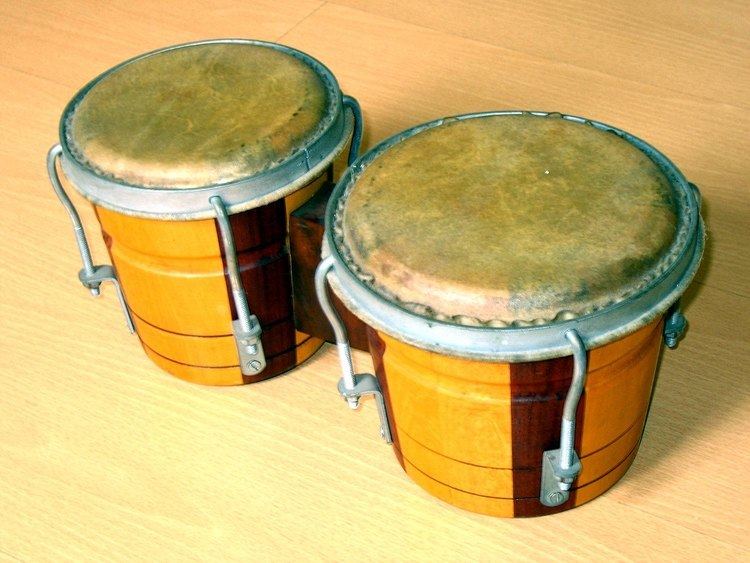 | ||
Hornbostel–Sachs classification 211.251.2(Sets of single-skin conical drums) Developed 19th and early 20th centuries Instrument family Percussion, Drum, Orchestral percussion | ||
Bongos (Spanish: bongó) are an Afro-Cuban percussion instrument consisting of a pair of small open bottomed drums of different sizes. In Spanish the larger drum is called the hembra (female) and the smaller the macho (male). Together with the conga or tumbadora, and to a lesser extent the batá drum, bongos are the most widespread Cuban hand drums, being commonly played in genres such as Cuban son, salsa and Afro-Cuban jazz.
Contents
- How to play bongo drums basic martillo for beginners
- Origins
- Evolution and popularization
- Technique
- Notable bongoseros
- References
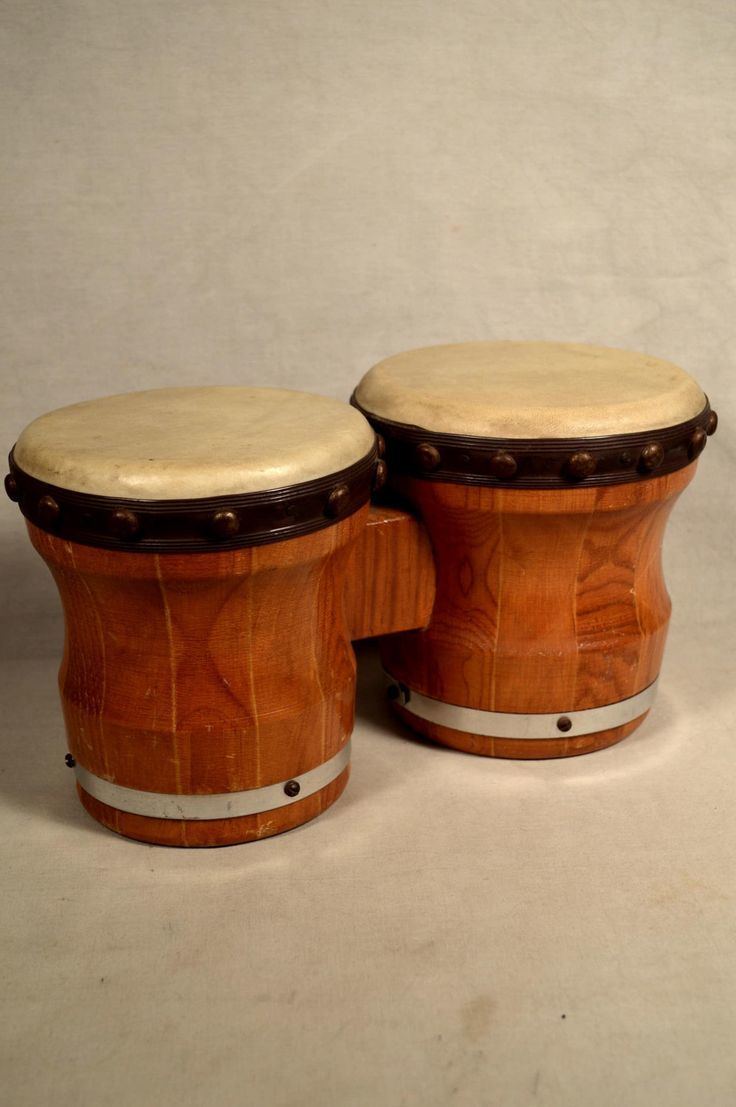
How to play bongo drums basic martillo for beginners
Origins
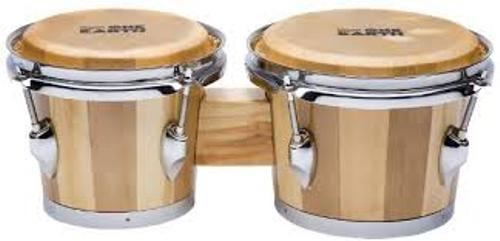
The origin of the bongo is largely unclear. Its use was first documented in the Eastern region of Cuba, the Oriente Province, during the late 19th century, where it was employed in popular music styles such as nengón, changüí, and their descendent, the Cuban son.
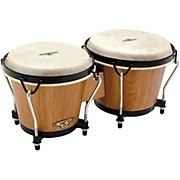
Most sources on Afro-Cuban cultural history argue that the bongo derives from Central African (Congo/Bantu) drum models, noticeable in the open bottoms. Also a Santería influence from Yoruba culture in the symbolic "twin" drum is assumed. The strong historical presence of Africans from the Congo/Angola region in Eastern Cuba (where the bongo first appeared) makes such an influence probable. Moreover, Central African/Congo influences are also documented in the Cuban son music genre, including changüí, and initially the development of the bongo drum went parallel with these genres. From such conceptual African drum models, the bongo developed further in Cuba itself, and some historians state that the attaching of the two drums was a later invention that took place in Cuba.
Evolution and popularization
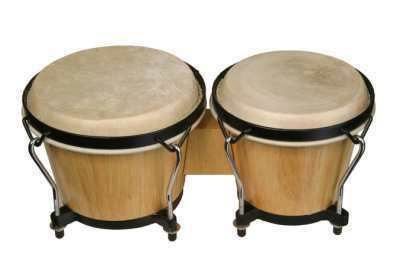
Although the bongos are defined as "African in concept, but Cuban in invention" - e.g. by author Ned Sublette - some Moorish (Andalusian) or European aspects may also have shaped the bongos over time. Etymologically, Sublette traces the origin of the word "bongo" to a multi-purpose word of Bantu origin.
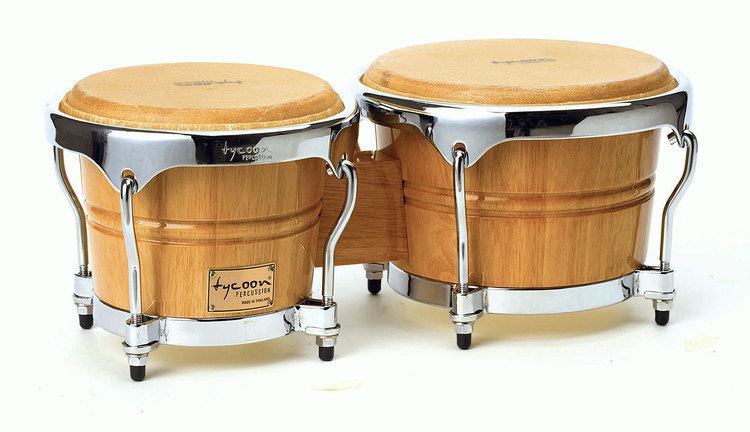
The bongos used in changüí, known as bongó de monte, are larger and tuned lower than their modern counterparts, have tack-heads instead of tunable hardware, and play in a manner similar to the lead conga drum (quinto) and other folkloric lead drum parts.
The bongo came to western Cuba at the turn of the 20th century, when son migrated to the capital city of Havana. As son inspired Cuban big band music gained international popularity, the Cuban bongo was exported all over the world. It is today one of the most common hand drums.
Technique
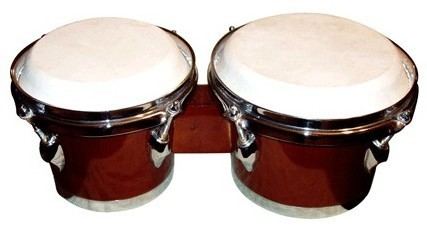
Bongo drums produce relatively high-pitched sounds compared to conga drums, and should be held behind the knees with the larger drum on the right when right-handed. It is most often played by hand and is especially associated in Cuban music with a steady pattern or ostinato of eighth-notes known as the martillo or "hammer". They are traditionally played by striking the edge of the drumheads with the fingers and palms. The glissando used with bongó de monte is done by rubbing the third finger, supported by the thumb, across the head of the drum. The finger is sometimes moistened with saliva, or sweat before rubbing it across the head. When used in art music compositions they are usually struck with drum sticks. These drums can also be played on a stand, as is the case with concert orchestras and bands.
Notable bongoseros
Bongo drummers are known as bongoseros (often misspellt as bongocero). The following drummers are important figures in the history of the instrument.
